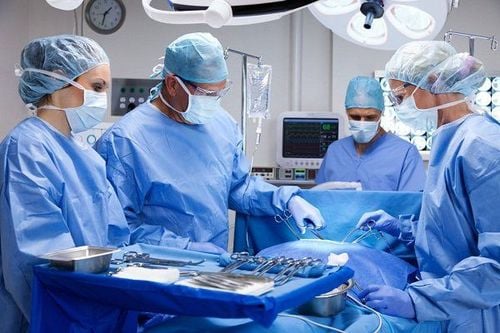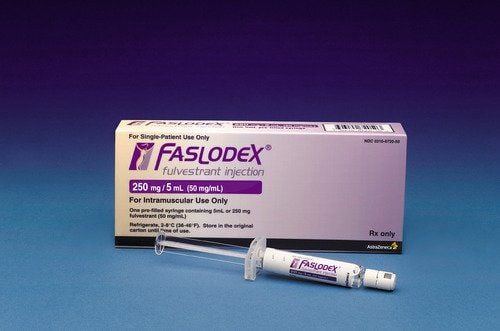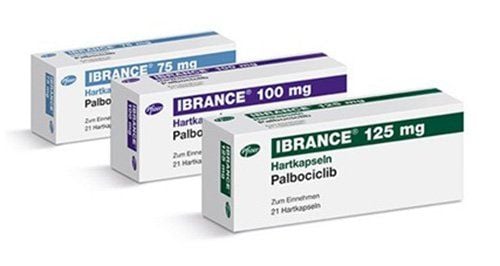This is an automatically translated article.
Surgery is one of the most common breast cancer treatments today. Through this method, it will help patients eliminate breast cancer-causing cells and prevent their spread to other areas of the body, thereby increasing the patient's ability to survive cancer.
1. Breast cancer removal surgery
Most women with breast cancer undergo certain types of surgery during their treatment. There are many different types of breast cancer surgery available today to respond to each patient's cancer status. Usually, surgery can be done to:
Remove as much of the cancer as possible, including breast-conserving surgery or mastectomy Determine if cancer has spread to the lymph nodes under the arm not yet, such as surgical lymph node dissection (SLNB) or axillary lymph node dissection (ALND). Restoring the shape of the breast after removing the cancer (breast reconstruction) Reducing the symptoms of late-stage cancer Your doctor will recommend a certain type of surgery based on your breast cancer characteristics and medical history. patient's condition, or help the patient make the surgical choice that's best for him.
Currently, there are two main surgical methods used to remove breast cancer, including:
Breast-conserving surgery: This method is also known as lumpectomy, removal of part of the gland. breast, or partial removal. As the name implies, this form of surgery only removes part of the breast, in order to remove the cancer along with some surrounding normal tissue. How much breast tissue is removed will depend on the location and size of the tumor as well as other factors. Mastectomy: A mastectomy is the surgical removal of the entire breast, including all breast tissue, or other nearby tissues. In certain cases, patients may be indicated for surgical removal of both breasts.
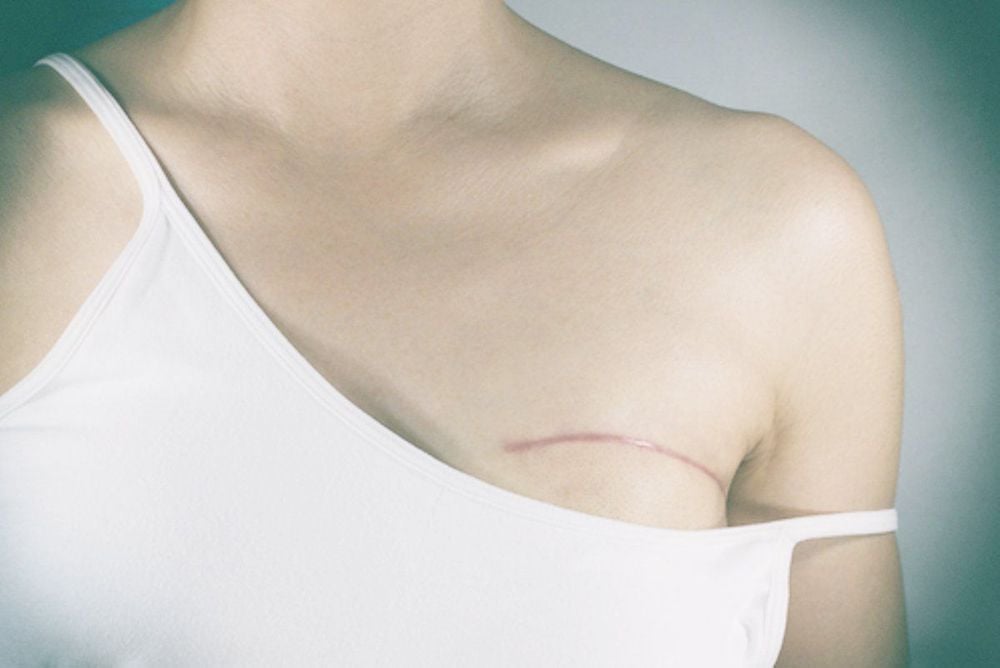
2. Choosing between breast-conserving surgery and mastectomy
For women with early-stage breast cancer can choose between breast-conserving surgery (BCS) and mastectomy. The biggest advantage of breast-conserving surgery (BCS) is that it saves a large portion of the patient's breast. However, patients still have a high probability of requiring additional radiation therapy. For women who have a mastectomy for early-stage cancer, less radiation is needed.
In addition, some patients also worry that less extensive surgery may increase the risk of breast cancer recurrence. However, long-term studies have shown that when breast-conserving surgery (BCS) is performed with radiation, patient survival is similar to mastectomy in those who can choose both of these surgical methods.
Trắc nghiệm: Những lầm tưởng và sự thật về ung thư vú
Ung thư vú có tỷ lệ tử vong cao nhất ở nữ giới khiến họ rất lo sợ bản thân mắc phải căn bệnh này. Tuy nhiên, không ít chị em có những hiểu biết thái quá về ung thư vú. Thử sức cùng bài trắc nghiệm sau sẽ giúp bạn loại bỏ được những nghi ngờ không đúng về căn bệnh này.
Bài dịch từ: webmd.com
3. Surgery to remove nearby lymph nodes
Checking to see if breast cancer has spread to the lymph nodes under the arm (axillary lymph nodes) is an important step in determining the stage (extent) of the cancer. Lymph nodes may be removed similarly as part of a breast cancer removal surgery or as a separate surgery.
Surgery to remove lymph nodes usually has two main methods, including:
Surgical lymph node dissection (SLNB): this surgery removes only lymph nodes under the arm – where the cancer is. mail is likely to spread first. Your doctor will remove one or a few lymph nodes to reduce the risk of side effects from surgery, such as swelling of the arm, also known as lymphedema. Axillary lymph node dissection (ALND): This surgery usually removes many (less than 20) lymph nodes under the arm. Although ALND is not as commonly used as it once was, it is still an ideal measure for determining the extent of breast cancer in some situations.
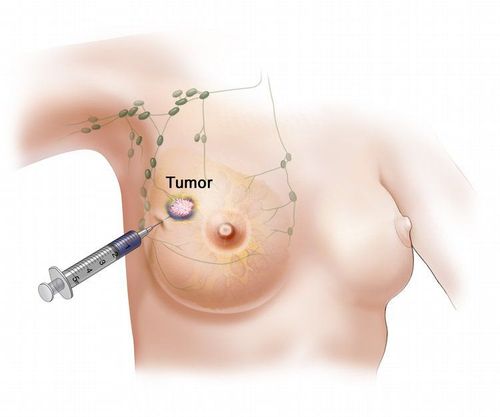
4. Breast reconstruction after surgery
In some specific cases, breast cancer patients may opt for breast reconstruction. This is a form of restoring the original shape of the breast after surgery, and is usually reserved for women who have had a mastectomy.
For those who have had breast-conserving surgery, fat grafting to the affected breast tissue may be considered to correct any indentations left behind after surgery. In general, the options will depend on each person's situation.
There are many different types of breast reconstruction surgery available today. You can choose between breast reconstruction at the same time as breast cancer surgery (immediate reconstruction) or later (slow reconstruction).
If you are wondering about breast reconstruction surgery, talk to your plastic surgeon before performing a mastectomy or breast-conserving surgery (BCS). This gives the surgical team time to plan and come up with the best treatment options for you, even if you have to wait and have breast reconstruction surgery late.
5. Surgery for late-stage breast cancer
Although surgery is very unlikely to cure breast cancer that has spread to other parts of the body, it is still considered useful in certain cases, helping to slow the spread of breast cancer. cancer and prevent or relieve its symptoms. Usually, surgery can be used:
When a breast tumor causes an open wound in the breast (or chest) To treat certain areas of metastatic cancer in a certain part of the body, for example like the brain When an area of spreading cancer is pressing on the spinal cord To treat a blockage in the liver To relieve pain or other symptoms
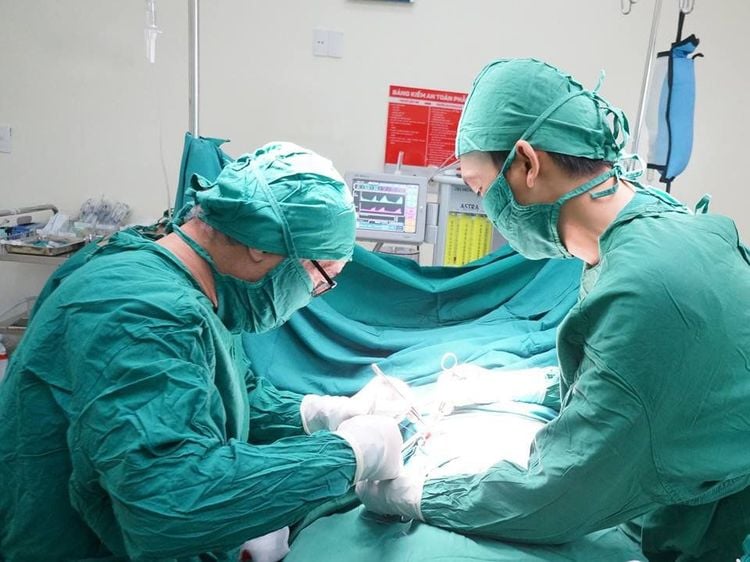
6. Positioning the wire needle before breast cancer surgery
Sometimes, cancer in the breast can be hard to find, not palpable, or hard to reach. At this point, the doctor will use a mammogram or ultrasound of the breast to place a wire needle in the right place. This method is also known as wire needle positioning. In rare cases, an MRI scan may be used if a mammogram or ultrasound is unsuccessful.
After the breast has been numbed, a mammogram or ultrasound is used to insert a thin, hollow needle to the abnormal area. Once the needle tip is in place, a thin wire is threaded through the center of the needle. The needle will be fixed by a small hook at the end of the wire. The doctor will then remove the needle and use the wire to guide the part of the breast to be removed.
Breast cancer is a common cancer in women. Accordingly, if breast cancer is detected early, the prognosis for treatment is very high, even if it is completely cured and not recurred. Therefore, breast cancer screening is essential, especially for those at high risk of breast cancer.
Currently, Vinmec International General Hospital has been implementing a Breast Cancer Screening Package for women of different ages. At Vinmec, there are all necessary medical equipment to carry out the methods of examination, diagnosis, testing, imaging, and breast cancer treatment by a team of highly qualified medical professionals. , has undergone technical training and certification, can handle quickly and efficiently. Therefore, when using Vinmec's breast cancer screening and early detection package, customers can detect cancer even when there are no symptoms.
Please dial HOTLINE for more information or register for an appointment HERE. Download MyVinmec app to make appointments faster and to manage your bookings easily.
Reference source: cancer.org





